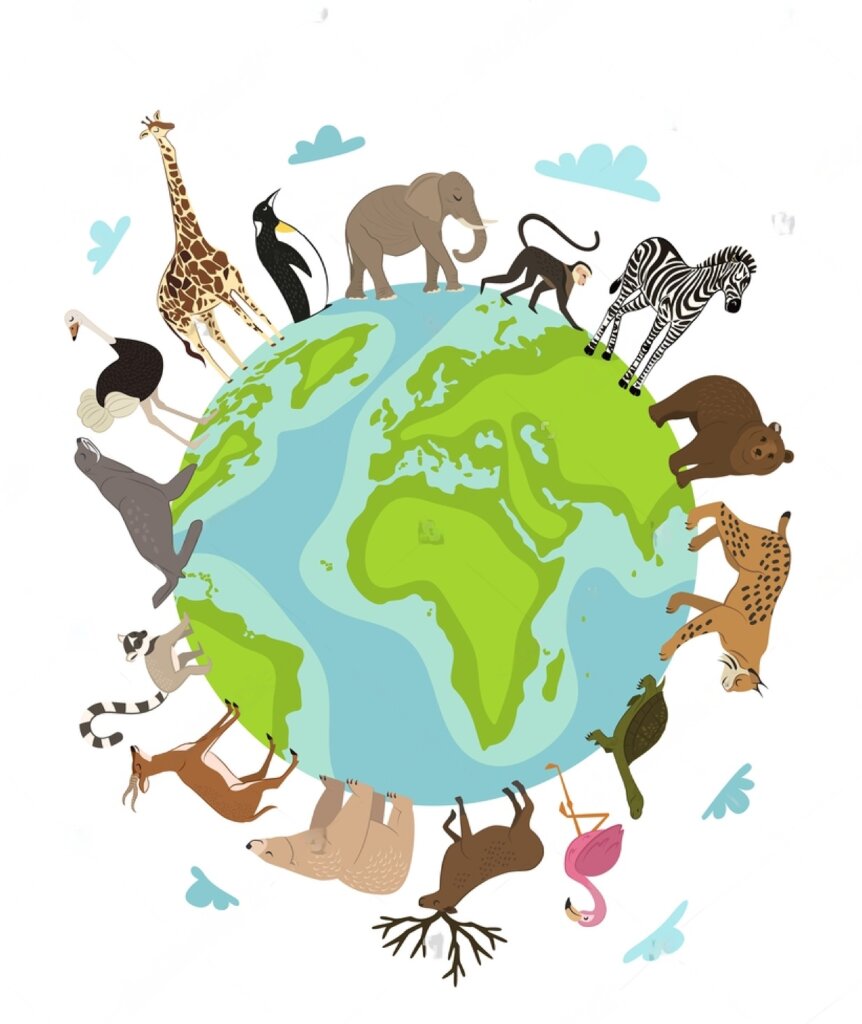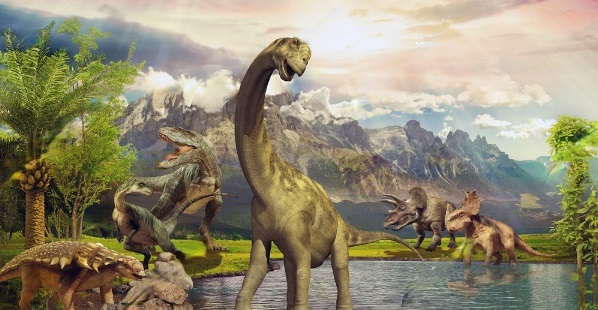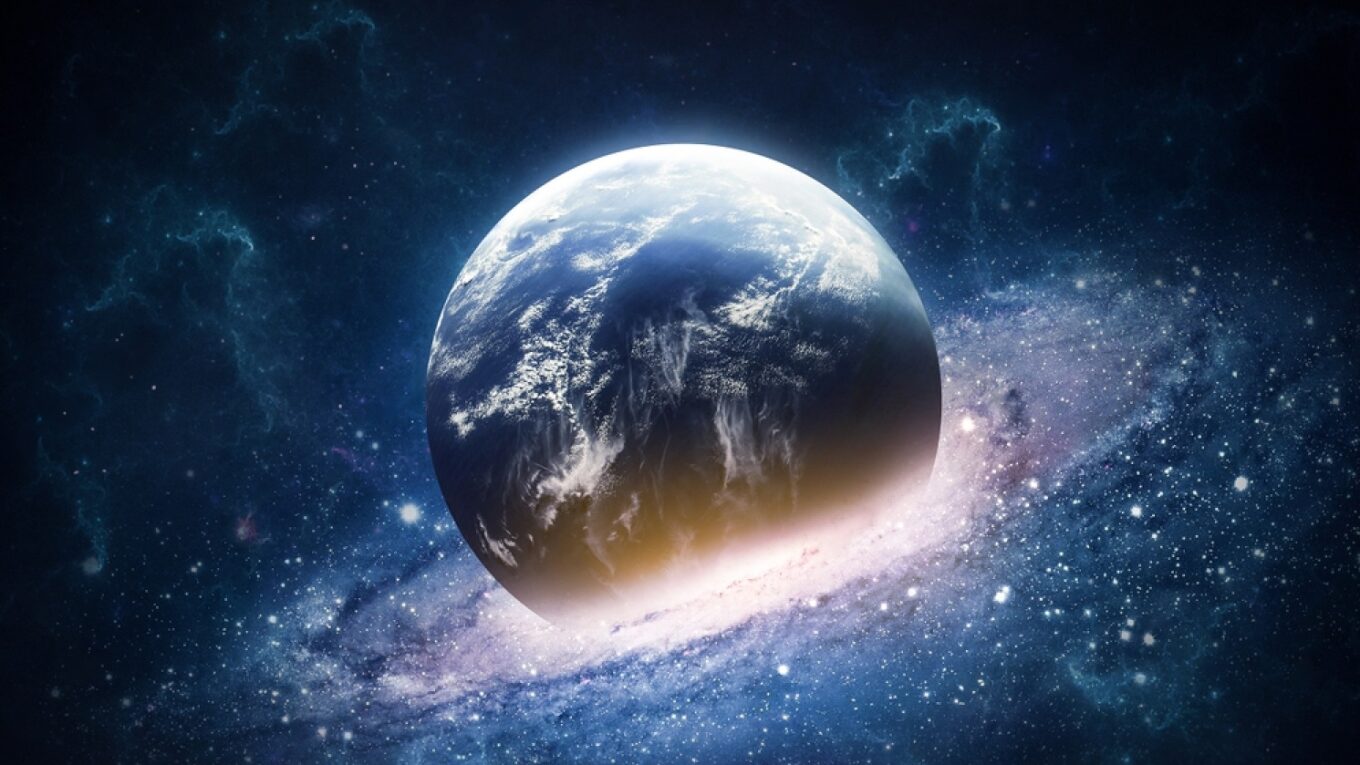The Epic Journey of Planet Earth
The Epic Journey of Planet Earth
The Birth of Our Solar System
The Epic Journey of Planet Earth, In the past few billion years, Earth has faced numerous challenges that could have wiped out life as we know it. From asteroid impacts to violent collisions, our blue home world has managed to survive against all odds. To truly appreciate the resilience of our planet, let’s take a whirlwind tour of its history, starting from the very beginning.
The Formation of Our Sun and Earth
About 4.5 billion years ago, our Solar System emerged from a dense cloud of interstellar gas and dust. As this cloud collapsed, a swirling disk of matter formed, gradually heating up until hydrogen fused into helium, giving birth to our Sun. At the same time, baby Earth began to take shape.
The Birth of Planets and Moons
The matter on the farthest ends of the spinning disk started clumping together, forming the seedlings for the planets and moons in our Solar System. These clumps grew bigger and more spherical as they accumulated more matter. In the cooler regions, ice, liquids, and gases dominated, while the rocky material closer to the Sun formed the inner planets, including Mars and Earth.
The Violent Early Years
During its early stages, Earth was highly volcanic, spewing out gases like hydrogen sulfide, methane, and carbon dioxide. This gas mixture made up the very first atmosphere on our planet. Earth also experienced frequent bombardment by large asteroids and comets. However, the most significant collision occurred when Theia, a planet the size of Mars, crashed into our young world. This collision ejected matter into Earth’s orbit, which eventually came together due to gravity and formed our Moon.
The Emergence of Water and Life
In the early days, Earth had no oceans, and all water existed as gas. However, about 3.8 billion years ago, our planet cooled enough for water to condense and become liquid. The very first primitive ocean covered Earth, transforming it into a waterworld. This primordial ocean provided the essential ingredient for the emergence of life.
The Earliest Lifeforms
Around 3.7 billion years ago, life appeared on Earth in the form of microscopic organisms. These tiny lifeforms were the pioneers of existence on our planet. However, it took nearly a billion years for some of these organisms to change the course of the world.

The Rise of Continents and Complex Life
Earth didn’t remain a water world for long. The first continents emerged from the ancient ocean, forming what scientists call cratons. Over time, more land rose from the ocean, leading to the birth of the first supercontinent, Vaalbara. Although Vaalbara was relatively small, it laid the groundwork for the continents to come.
Oxygen and the Cambrian Explosion
Around 2.4 billion years ago, cyanobacteria evolved to become the first photosynthesizers on our planet. This new ability to produce oxygen transformed Earth’s atmosphere, making it more hospitable to life. With the rise of oxygen, Earth experienced the Cambrian Explosion between 540 and 485 million years ago. During this period, an explosion of new life occurred, with animals evolving hard body parts such as shells and spines. One of the most famous creatures of this era was the trilobite.
Mass Extinctions and the Rise of Dinosaurs
Around 440 million years ago, Earth witnessed the Ordovician-Silurian extinction, resulting in the disappearance of many species. However, this mass extinction also paved the way for new animals to evolve. Trees began to arise from Earth’s soil around 420 to 350 million years ago, and the first animals ventured onto land. By 250 million years ago, our planet was covered by the supercontinent Pangea, which marked the dawn of the dinosaurs.
The Great Dying and the Age of Dinosaurs
Unfortunately, the reign of dinosaurs was interrupted by the greatest mass extinction event in Earth’s history. Known as the Great Dying, this event wiped out about 90% of all species due to massive amounts of greenhouse gases and accelerated global warming. However, this catastrophic event cleared the path for the next wave of animal evolution. Dinosaurs continued to thrive, with fascinating creatures like the gigantic Sauropod Argentinosaurus and the fearsome apex predator, the T. rex.
The Extinction of Dinosaurs and the Rise of Mammals
66 million years ago, an asteroid impact near present-day Mexico triggered climate changes that led to the extinction of dinosaurs. In the aftermath, mammals became more prevalent, marking the beginning of their dominance. Around six million years ago, the earliest known humans, Sahelanthropus, appeared on Earth, although they predominantly walked on all fours.

The Evolution of Humans
Over millions of years, humans continued to evolve, developing the ability to walk upright about four million years ago. Approximately one million years later, they discovered the first known tools, igniting a new era of innovation. About 800,000 years ago, early humans harnessed the power of fire, enabling them to cook food and provide heat. This pivotal moment in human history sparked rapid brain development, leading to advancements in social interaction and understanding of the world.
The Rise of Homo Sapiens
Between 40,000 and 15,000 years ago, all other human species, except Homo sapiens, went extinct. Our ancestors were the last ones standing. Around 10,000 years ago, humans transitioned from nomadic lifestyles to settled farming communities. This shift laid the foundation for the development of civilizations and marked the beginning of significant societal changes.
The Industrial Revolution and Population Growth
Jumping forward to about 250 years ago, the Industrial Revolution transformed our world. Technological advancements and socioeconomic changes led to the shift from rural, farm-based societies to industrialized, urban ones. As a result, the human population began to skyrocket. In 1804, we reached one billion people, and by 1927, the global population had doubled to two billion. Since the 1960s, population growth has accelerated exponentially, currently standing at over eight billion people.
The Threat of Climate Change
Today, humanity faces a new existential threat—climate change. Rising temperatures and sea levels pose a significant challenge, while biodiversity is declining at an alarming rate. If we don’t take action, we could be on the brink of another mass extinction event. The story of Earth’s history is a testament to its resilience and the remarkable journey of life it has supported. Let’s strive to protect our planet and ensure a sustainable future for generations to come.
And that concludes our journey through time. The Earth’s history is a fascinating tale of survival, evolution, and the remarkable diversity of life. From its tumultuous beginnings to the challenges of the present, our planet continues to adapt and thrive. Let’s cherish and protect this precious blue world we call home.
Please visit for more Christian stuff :
Visit : https://onewaytheonlyway.com
Quora : https://onewaytheonlyway.quora.com
Pinterest : https://in.pinterest.com/madhuym2012/
Facts Blog : https://factsblog.in
Tumblr: https://www.tumblr.com/blog/onewaytheonlyway
YouTube : https://www.youtube.com/c/Tysonpaul




Recent Comments